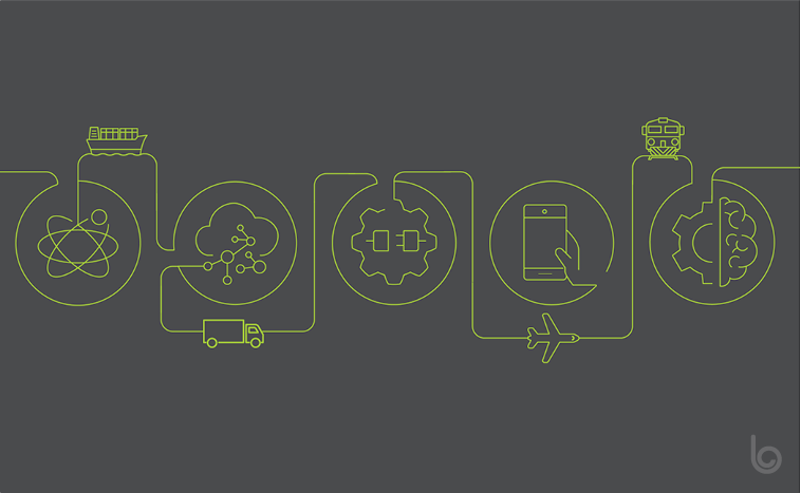Data-driven technology is transforming the supply chain industry as we know it. Artificial intelligence (AI) and machine learning (ML) are no longer nice-to-haves, but necessary partners for driving success within supply chain organizations. However, as our CEO Pervinder Johar shared, AI’s success in businesses will be largely dependent on developing technological capacities based off industry-specific expertise.
Throughout our guide to a data-driven supply chain we have sought to address relevant topics for organizations looking to utilize AI and ML, such as how to overcome commonly faced challenges, to working with data. We have also shared the value of data for logistics managers and even unexpected sources of data that supply chain organizations can tap into.
For the last part of our series, we’ll be highlighting supply chain organizations that have disrupted their respected industries by implementing AI-driven solutions and share how you can apply their practices.
A Data-Powered Drive-Thru
Big data has begun to even change the everyday experience of going to a drive-thru. McDonalds has recently made waves in the fast food industry by powering their menu displays with AI and ML. Now, their boards are programmed to take into consideration data on the most popular food items, weather, time of day, and more. In addition, after the customer orders, they are given a recommendation of additional items to order based on the foods they selected.
By considering a wide variety of data, McDonalds has been able to create a tailored customer experience for each person that orders at a drive-thru. As we shared in our post on the 4 V’s of data, having a large quantity and wide variety of data further empowers artificial intelligence solutions. One takeaway for your supply chain organization is to ensure that you identify various data sources—perhaps even looking to atypical sources like social media. Then, after gathering data, your supply chain organization can create more personal customer experiences and deliver better customer service.
Grocery Shopping with Artificial Intelligence
In this new age of digitization, even grocery shopping can be done from your phone. Instacart and other e-commerce grocery sites are taking the industry by storm, operating as real-time logistics platforms to deliver your groceries from the store straight to your door. They implemented an AI-driven solution to make real-time decisions about what time and which grocery stores to route shoppers to deliver groceries to their customers within an hour.
Instacart’s ability to gather data in real-time has empowered them to optimize shopper’s routes in order to meet their customer’s demands and become a major player in the online grocery industry. Your supply chain organization can similarly utilize real-time data to proactively optimize your operations and respond to disruptions as they occur. This will empower you to fulfill customer’s high demands set in place by the ‘Amazon’ effect.
Swimming in Port Data
The Port of Rotterdam is currently one of the leaders of digital innovation in its respected field. It has invested in self-learning technology which uses its high volumes of data to predict vessel arrival times and how much time vessels will need to move throughout the port. Having this information has given the Port of Rotterdam the foreknowledge to better allocate their resources and reduce vessel waiting times.
As a supply chain organization in a highly competitive space, having access to technology which will provide accurate predictions can enable you to improve planning and execution, even minimizing operational costs. By implementing AI-driven technology similar to the Port of Rotterdam, your organization can drive efficiency and set new industry standards for customer service.
With the advancement of data-driven technology, the supply chain industry has a prime opportunity to invest in solutions which will help them provide next generation differentiated services. To continue to stay up-to-date with the latest technology trends and best practices in supply chain, subscribe to our learning center articles here.
contact us
Contact Us

